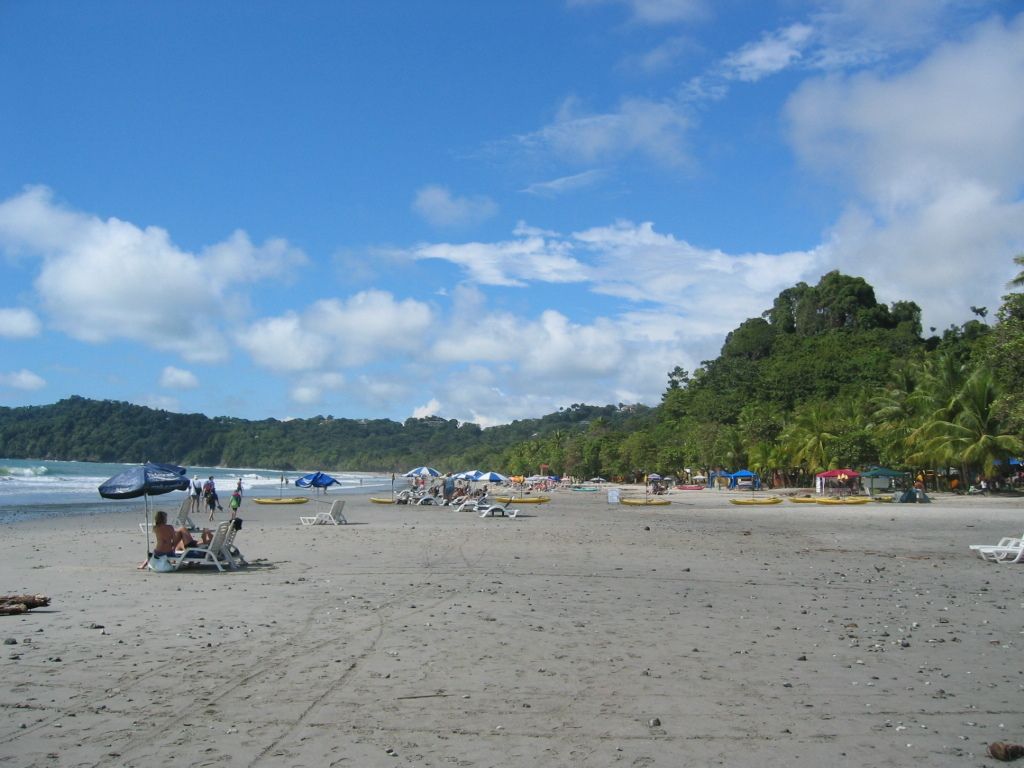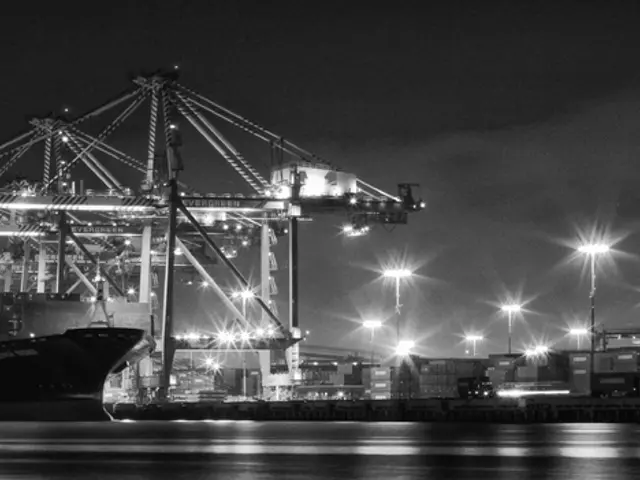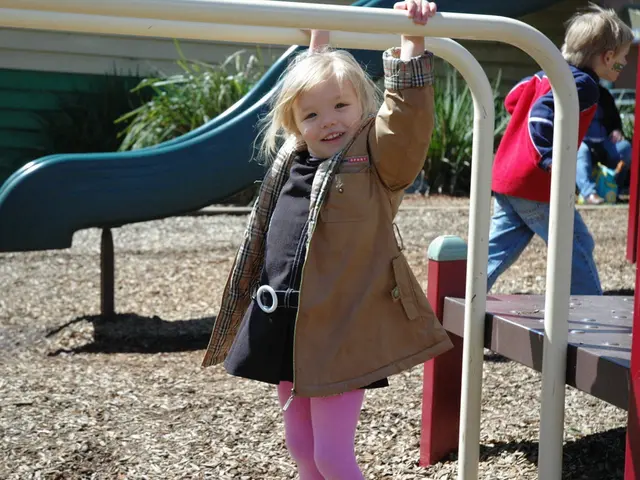Closing Time at Jänschwalde Opencast Mine Draws Near
It's almost time to say goodbye to coal mining at Jänschwalde's vast opencast pit. Final operations will cease on New Year's Eve, as the mining company, Leag, prepares to transform the landscape. But first, they must ensure safety and avoid any legal quagmires, as the state mining authority mandates.
Since 1976, Jänschwalde's opencast mine has churned out a colossal 660 million tons of lignite. With the mine's power plant set for decommissioning by 2028, Leag aims to complete operations by the end of this year.
Safety is at the forefront of Leag's approach, with measures like a 300-meter drainage layer—a crucial foundation for post-mining landscaping—and carefully monitoring water drainage to maintain slope system stability. Thomas Koch, Head of Geotechnics and Reclamation, explains the strategy.
Embracing the Future: Lakes Instead of Mines
Three magnificent lakes will grace the former mine site by 2045. Leag is still deliberating on aspects like location, size, and flooding, as part of the approval process. How they'll accomplish this? By relocating and compacting dump materials, an enormous task that involves shifting around 200 million cubic meters of debris.
"The large-scale equipment will see continuous use," Koch says, a testament to the project's scale and complexity. The entire process will take around six years before the lakes can be flooded. Compared to the Cottbus Baltic Sea, the area is roughly three times its size, offering an impressive vision for the area's transformation.
"Don't Leave the Coal Discarded"
Though mining operations should've ended by year-end, Leag's large-scale gear continues to churn. A 50-meter gap remains unsfilled in the surface filter, necessitating persisting coal extraction and power plant usage. Prioritizing resource utilization, the state mining authority has authorized the continued use of equipment. The work could continue until April.
Leag currently employs around 500 miners. Approximately 200 will be reallocated for landscaping reclamation once the surface filter is complete. With the opencast site's closure, the remaining 300 workers will either retire or transfer to Leag's other open-pit mining sites, Welzow-Süd, Nochten, and Reichwalde, or they will retire.
As Jänschwalde's opencast mining operations wind down, the transformation from energy production into environmental restoration begins. With the state mining authority's orders for safety and legal consistency, Germany moves a step closer to a future reliant on more sustainable energy sources while considering new uses for the mining site and its potentially impactful reclamation project.
Sources:
Enrichment Insights:
- Given the comprehensive nature of mine closure and reclamation, it's crucial to prioritize safety measures, mitigating hazardous materials, preventing accidents, and conducting thorough environmental assessments.
- Post-mining plans include reclamation, restoring the land to its original state or a state suitable for future uses, determining future land use, and conducting regular monitoring to ensure long-term sustainability.
- Specific data for Jänschwalde's mine closure and reclamation can be obtained from official reports or documents from the mining company or regulatory bodies responsible for overseeing the site's closure.








